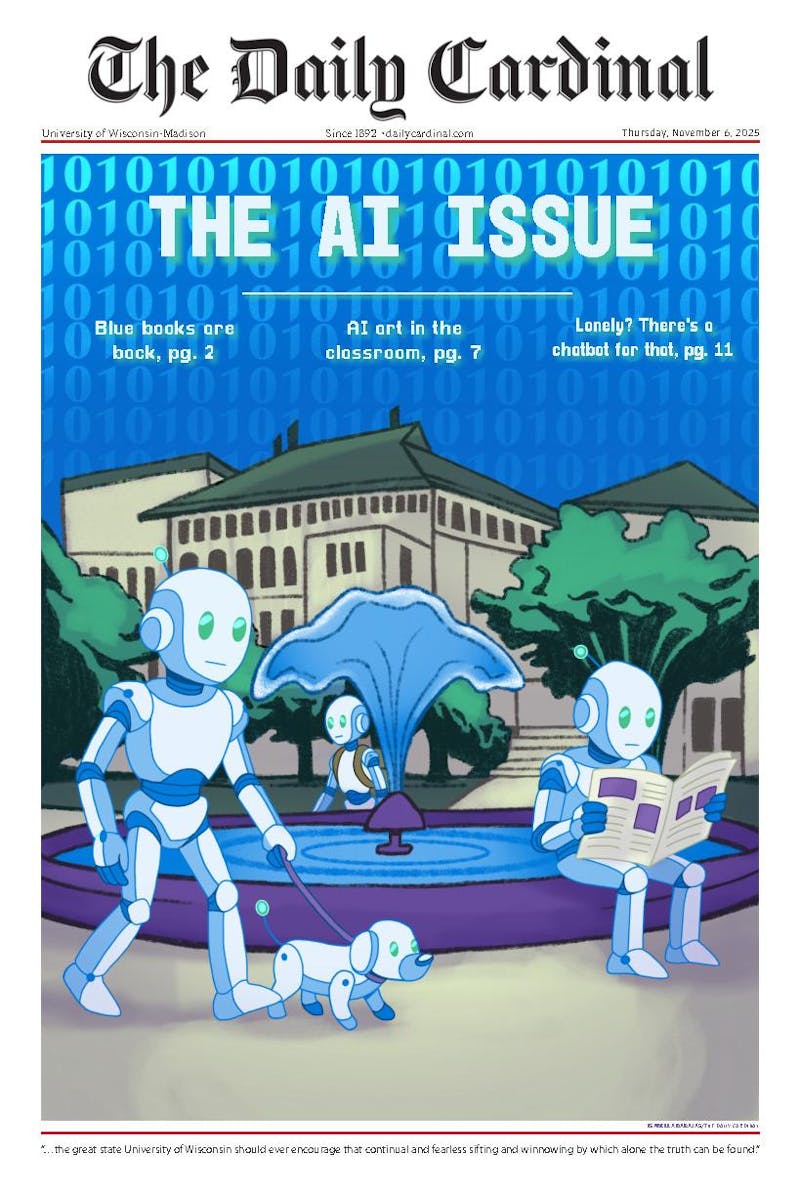It is an almost impossible demand to attempt to adequately describe one's state of mind after hearing an extraordinary piece of music: not one note, chord or melody is clearly remembered, simply the essence of a sensation whose label is just out of reach-it is a nostalgia for something that has never happened, trying to locate a memory that doesn't quite exist.??
Shun Sa's new novel provides much the same impact. \The Girl Who Played Go"" leaves one sitting in the dark, trying to name an emotion so obtuse it is almost an instinct.??
The effect is that each reader will construct a meaning from this novel that is completely and uniquely his or her own on every level.
The book tells both the story of an adolescent girl growing up in Manchuria during the Sino-Japanese conflict during the 1930s, and of a Japanese soldier fighting against the Chinese Resistance.?? Although both share equal time it is fairly easy to see that the girl's story is the main artery.??
The girl is a champion ""Go"" player (most Americans will inevitably see the overwhelming similarities to both the game of chess itself and the culture made up of those who play for hours on end in public parks and squares) and she frequently flees to the Square of a Thousand Winds to play in order to escape her thoughts and crises.??
To divulge any more of the plot would be unfair, however it is safe let on that while the story might seem at first glance to be a coming of age story; at its core it is more about war and culture-although coming of age is certainly a factor.
Shun Sa does a superb job of illustrating Chinese and Japanese culture, most successfully?? during the pages in which the Japanese soldier is the main voice of the story.??
Her illustration of the light in which Japanese warriors (according to Samurai code) view death cannot be paralleled. She both captures the pain and fear of death as well as the unique Japanese beliefs in its honor and glory: ""Today I am alive; tomorrow, at the front, I shall die. This fleeting moment of joy is more intense than an eternity of happiness.""??
The battle scenes are illustrative of the horrors of killing, but offer a unique insight to the exuberance and rage within a soldier as he kills.??Throughout this novel Sa perfectly portrays a duality only war can expose: pure humanity and insane brutality.
Sa does much the same for love, depicting through the Chinese girl's experiences the way in which love and loyalty, even friendship can become sullied given certain factors, in this case war and the unyielding tenets of both Chinese and Japanese cultures.??
Sa is so effective in telling her story because she has infinite new ways to say and describe even the most ordinary things.??For example, towards the end of the book she writes ""Life is a castle of lies slowly dismantled by the passage of time."" This short, simple sentence is not hard to interpret, yet because of Sa's meticulous word choice, it carves a certain sentiment right into the very gut of the reader.??
Almost every single sentence in the book has this quality.??Because the chapters are so short the reader never becomes overwhelmed with the depth of each sentence.??
This book is a glimpse into a culture many Americans might overlook as outlandish.??But because of Sa's profound insight into human nature and her knowledge of Chinese and Japanese culture she provides the reader with not only a glimpse into the nuances, contradictions and complexities of both war and culture, but allows for the reader to feel them in a way that cannot be explained or even identified.
This book is infinitely intense and moving.??
'""The Girl Who Played Go'"" is published by Alfred A. Knopf.





